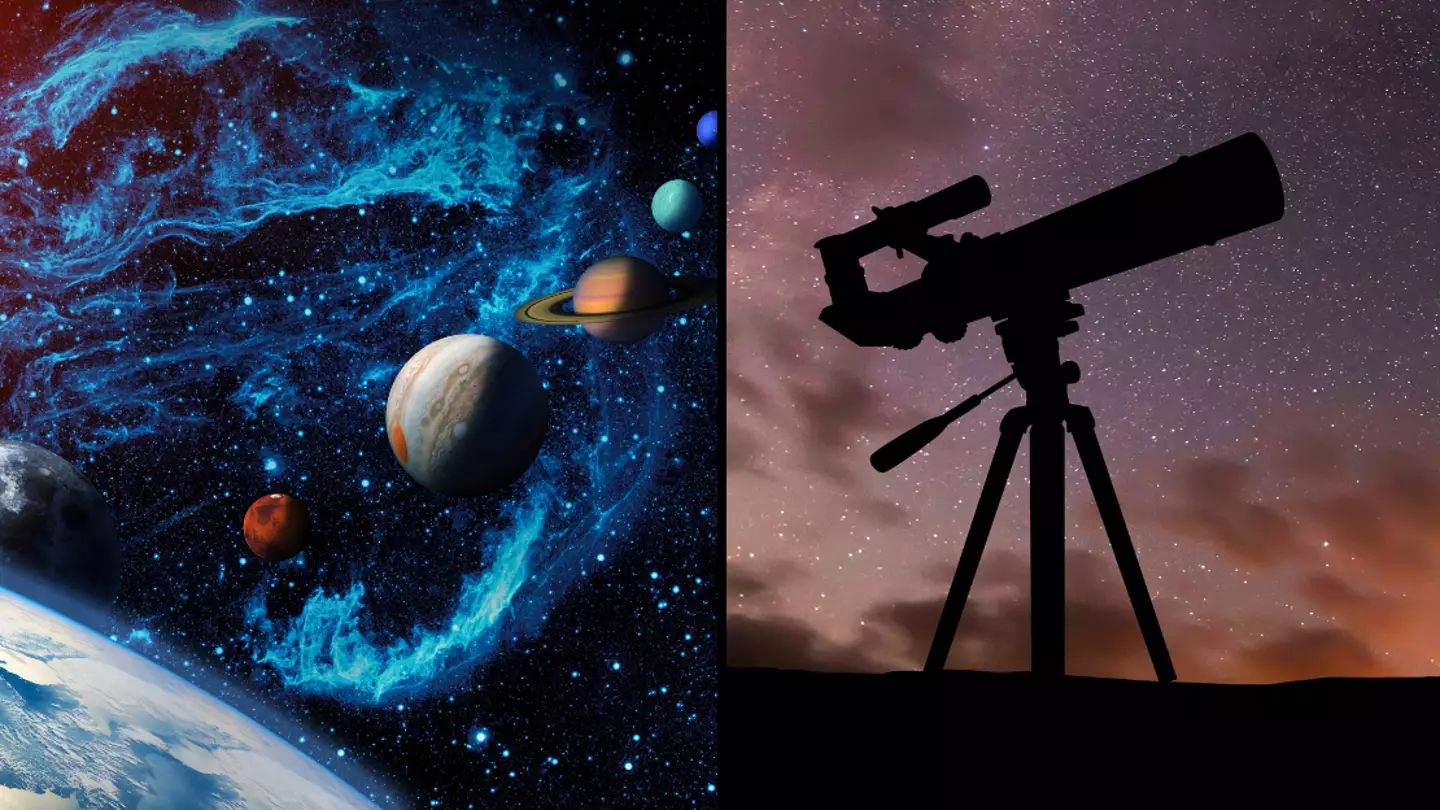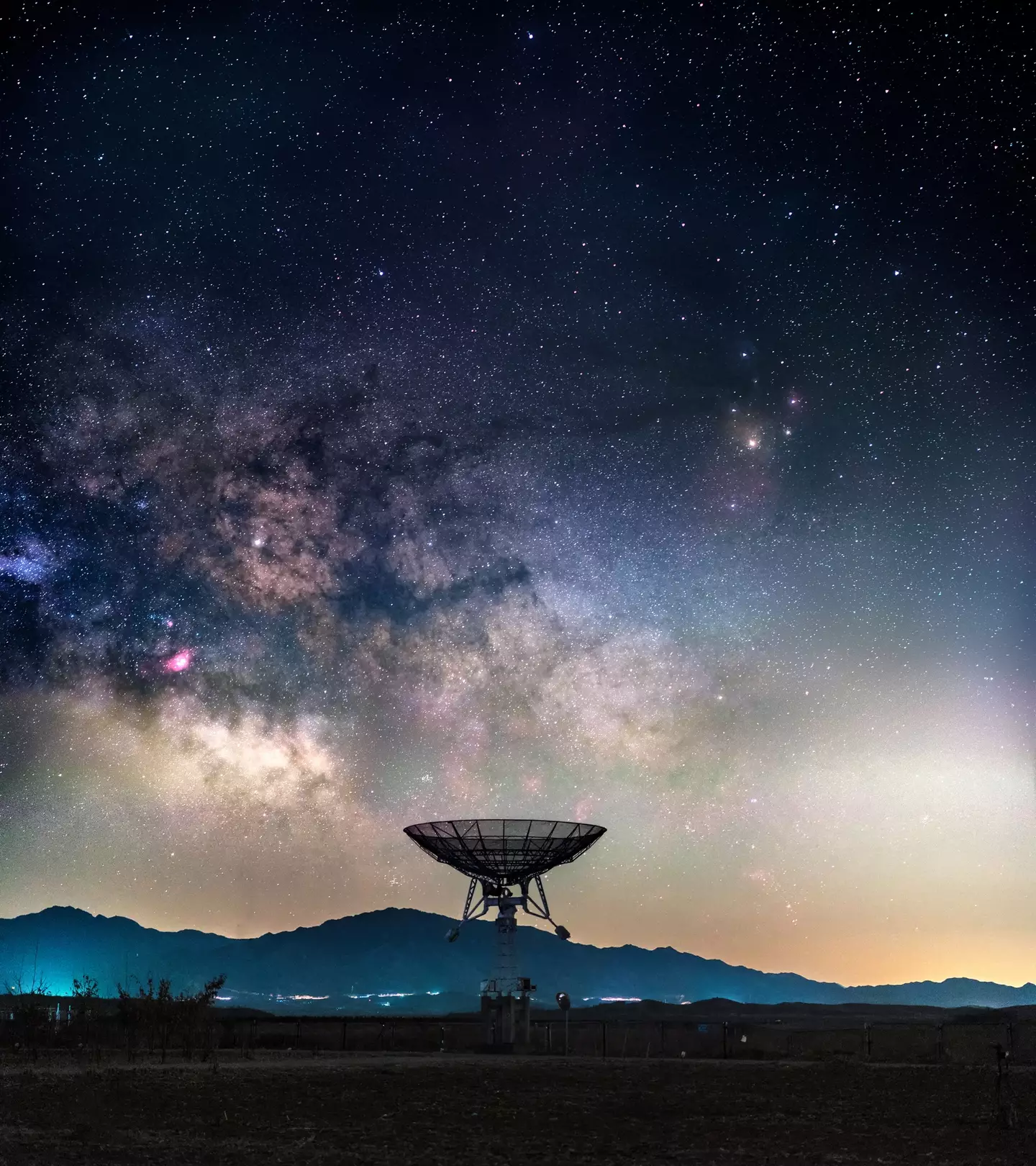
Millions of people across the Earth are set to be given the rare chance to witness a rare phenomenon of planets lined up in a row with their eyes. And the wait is less than two weeks.
Every now and then, the universe does remarkable things that don't half make us feel insignificant as individuals.
Whether it be the massive total solar eclipse that took over the USA, Canada, and Mexico in April or the recent mesmerising showing of the Northern Lights right across Europe, they make us stop, stare, and contemplate the bigger picture.
And with the Northern Lights potentially visible again in less than a week, we're sure it'll be a repeat case when it comes to pointing our phones in to the sky to capture the glowing wonder.
The wonders of the universe don't stop there, though.
Advert
As we go in to June, an incredibly rare event is set to take place in our solar system.
What's going on with the planets?
In less than a fortnight, you'll be able to see something called a planetary alignment. This is where you should, if you're lucky, be able to see six planets in Earth's night sky.
Estimates place Jupiter, Mercury, Mars, Saturn, Uranus, and Neptune in a somewhat straight line as they all orbit the sun.
Jupiter, Mercury, Mars and Saturn will be able to be seen with the naked eye, while those with a bit of tech - top notch binoculars or a telescope - will be able to catch the other two as well.
Advert

Experts speak out
Speaking to Glamour, Kate Pattle, a lecturer at University College London's Physics and Astronomy Department, said: "A planetary alignment is an astronomical event that happens when, by coincidence, the orbits of several of the planets of the Solar System bring them to roughly the same side of the Sun at the same time.
"This means that they appear in a line on the sky, when we view them from the Earth. In this case, the planets Jupiter, Mercury, Uranus, Mars, Neptune and Saturn will form a line across the sky, in that order."
Pattle added: "It’s important to emphasise that the planets aren’t forming a straight line in space – that’s a much rarer astronomical event called a syzygy.
Advert
"However, because all the planets, including the Earth, orbit around the Sun in roughly the same orientation - moving in which we call the 'Plane of the Ecliptic' - when they’re on the same side of the Sun as each other, they appear to form a line in the sky when we view them from Earth."
So, while they appear lined up, they aren't. But at least it'll look snazzy.

When will it take place?
This is the second planetary alignment of 2024, with the first happening during the aforementioned solar eclipse. Then, you could see Jupiter, Venus, Saturn and Mars if you were witnessing the event under the path of totality across North America.
Advert
The new alignment will happen in the very early hours of Monday, 3 June.
The rarity of this event is because there are six planets included in the alignment, with it much more common for there to be two, three or four spotted in the skies.

A further five alignments will take place before the end of 2025, with two this year (3 June and 28 August) and three next (18 January, 28 February, and 29 August 2025).
You might want to bookmark the 28 February event with it being the only one that has all seven other planets in our solar system lined up. Telescope for Christmas, anyone?
Topics: Europe, News, Space, UK News, US News, Viral, Weird, Science